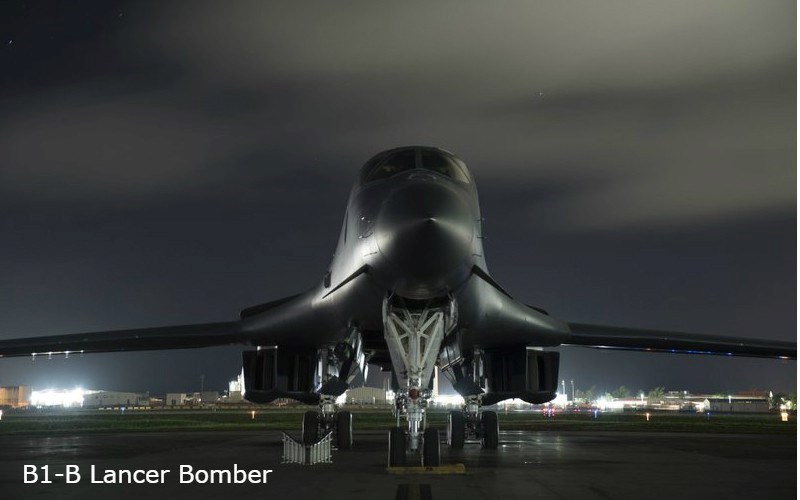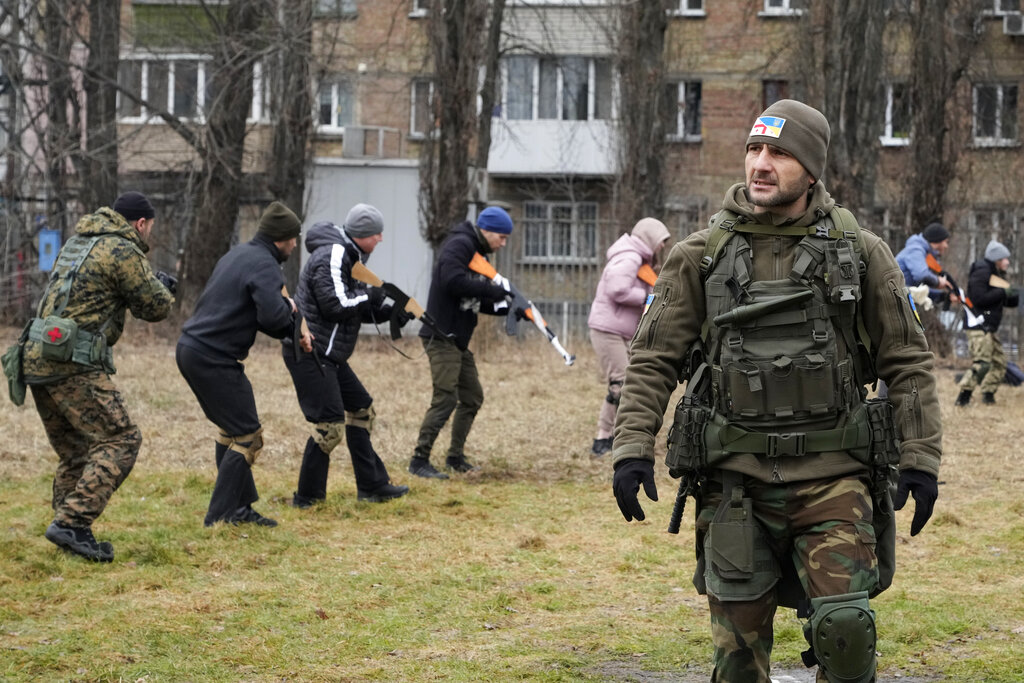Satellite imagery recently revealed the construction of a new military facility in the Pacific. The facility, on the tiny island of Tinian, could serve as a backup site for U.S. operations should Andersen Air Force Base in Guam find itself in the crosshairs of natural disaster or incapacitated by an adversary's attack.
According to retired U.S. Marine Colonel Grant Newsham, who became the first Marine Liaison Officer to the Japan Ground Self-Defense Force during his career, "it is helpful to have another airfield near Guam where U.S. aircraft can operate – for exercises, operations, or emergencies."
Newsham tells American Family News that construction of Tinian airfield should also be viewed from a regional perspective. Considering the vast area of the Pacific, he says, "the U.S. military can never have too many locations from which to operate."

"[In addition,] there is a huge political and psychological aspect to U.S. base-building and access efforts," he explains. "It shows U.S. commitment to the region" – which he contends is important for allies as well as Beijing to see.
Not only would the airfield help facilitate movements and operations, the retired Marine Corps officer points out "it also allows for dispersal of one's forces and supply and logistics facilities." Presently, he points out, "the U.S. military relies on a relative handful of large bases in Japan, Guam, South Korea, Hawaii, and Australia to support its operations in the Asia-Pacific."
Newsham indicates that the heightened potential for any one of these locations to be targeted – and taken out of action – by the Chinese is a legitimate threat to U.S. military operations in the region. "We can't operate without airfields, ports, and fuel and other supplies," he warns.
He finds it unfortunate that over the last 30-plus years, the U.S. military has neglected to maintain and/or develop a necessary basing or access infrastructure in the Asia-Pacific region. "[Sadly, the U.S.] has allowed the existing infrastructure and access to shrivel up," he adds.
Simply put, Newsham argues that "[the U.S. took its] position in the Pacific for granted – and consciously refused to recognize the oncoming threat from the People's Republic China" … and as a result, he says, "now, the Americans are scrambling."
Regardless, he views the construction of a new military facility in the Pacific as "a favorable move" – and suggests the U.S needs to move fast and take advantage of every opportunity to develop similar locations in the Pacific.
 America's waking up to a predictable threat
America's waking up to a predictable threat
While the Chinese regime, until recently, has been avoiding media coverage, the retired Marine colonel points out it has been building up its presence in the Asia-Pacific region for the last 30 years. "The Chinese are present in nearly every country," he laments, "and they have gone about it patiently and with an eye towards an eventual military presence."
According to Newsham, this long-term build-up of its presence places the People's Liberation Army (PLA) at the center of U.S. defenses in the Pacific and, he warns, has the potential to isolate Hawaii, Japan, and Australia. "It's [also] conceivable that by tying up with Leftist governments in Latin America, the PLA is able to operate throughout the Pacific and to dominate the region," he adds.
"Chinese influence and presence efforts follow a predictable pattern," Newsham explains. "It starts with commercial inroads and investment – to include ports, airfields, and strategic locations that are dual use.
"This all leads to political influence and … creates a pro-China constituency in the local population," he continues. "[After that], the military part comes gradually. According to Newsham, there are at least "a dozen other places" in the Pacific where this sequence is playing out – and not by coincidence.
"These efforts are part of a well-thought-out and patiently implemented plan by the People's Republic of China," he argues. "The idea is to establish a presence and either displace the Americans or forestall any American military access – while allowing eventual PLA access."
As for the U.S. response to this? "The Americans are waking up," Newsham observes. "But it is late."







